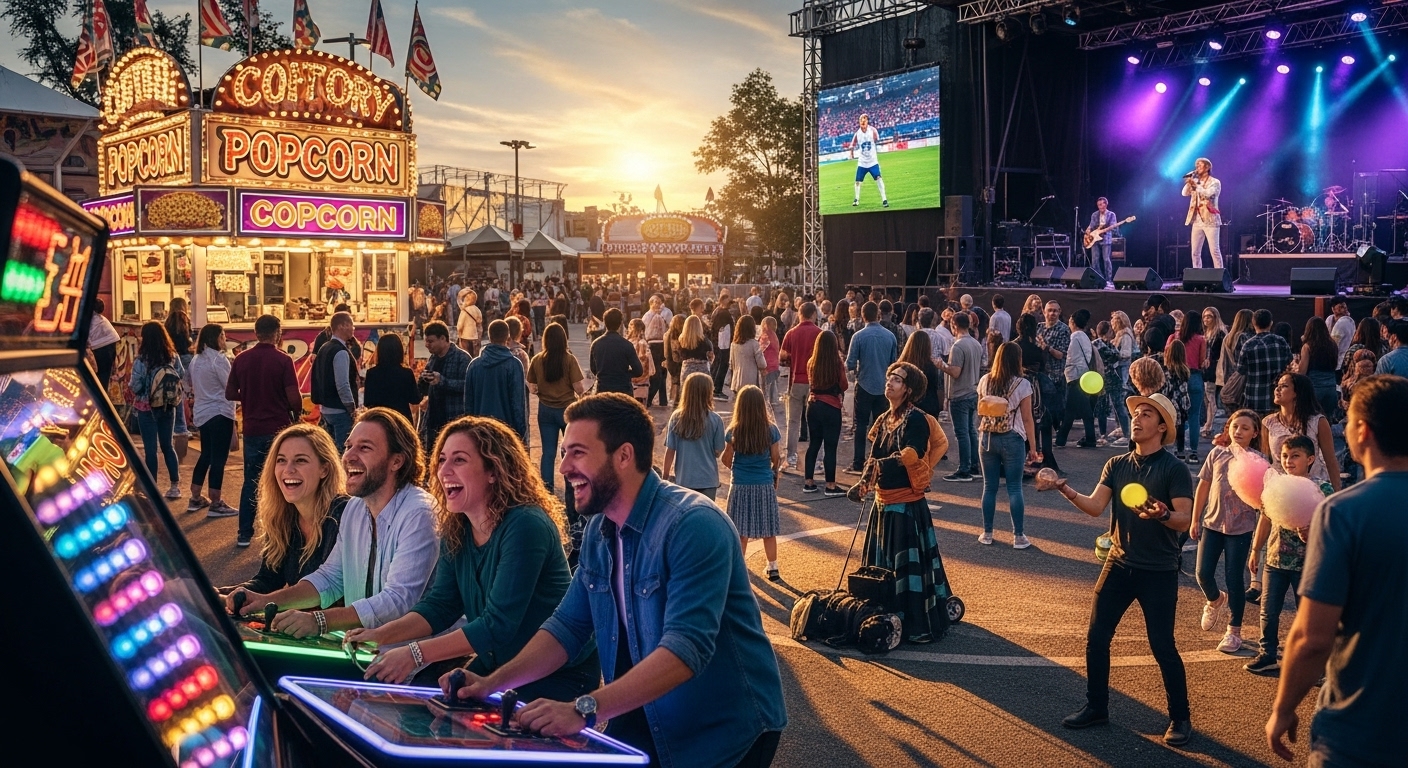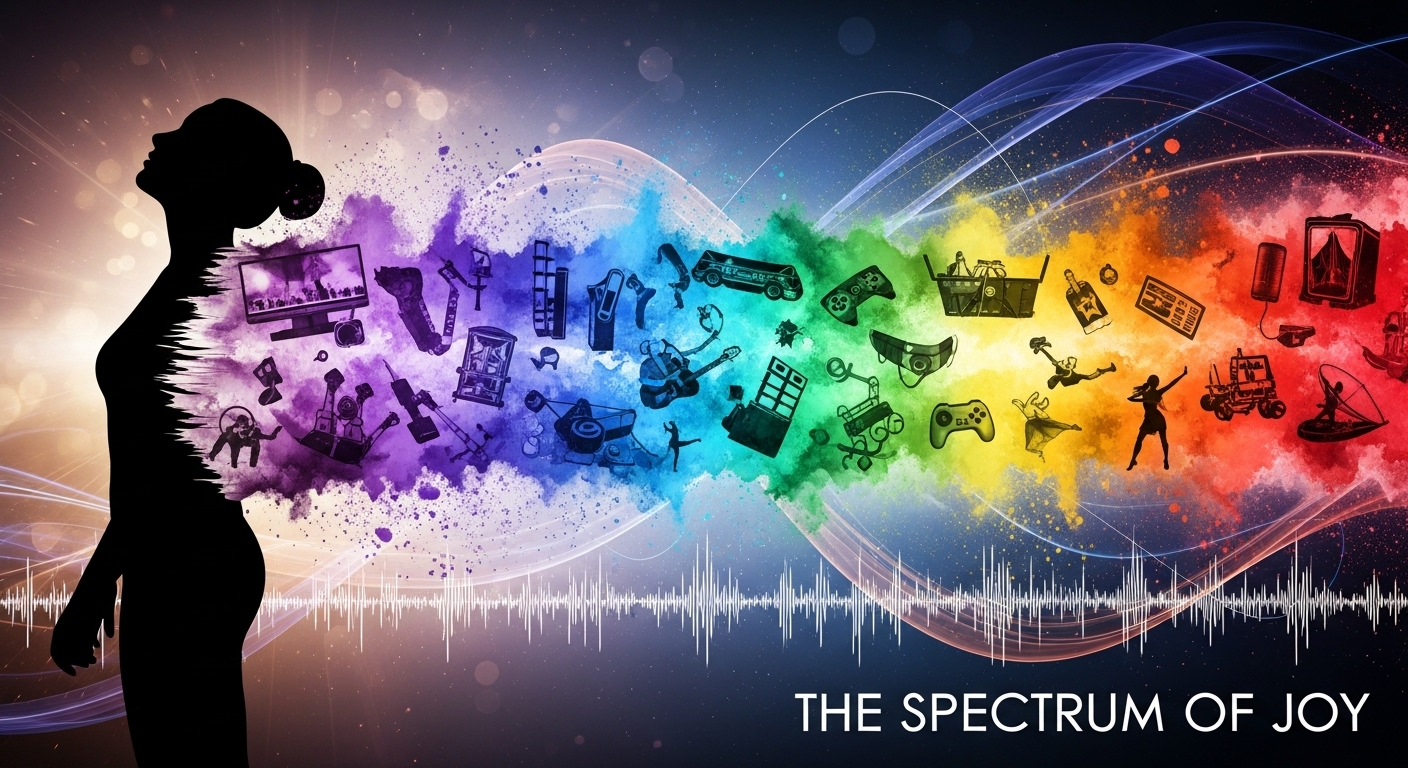Introduction: A Changing Landscape
The entertainment industry has always been dynamic, evolving to meet the tastes and desires of its audience. But in recent years, the pace of change has accelerated dramatically, largely driven by technological advancements. From the rise of streaming services to the dawn of virtual reality (VR) and augmented reality (AR), the future of entertainment looks very different from what we knew a decade ago. This post explores how these innovations are reshaping how we consume, interact with, and even create entertainment.
Streaming Services: The Power of On-Demand Access
One of the most significant shifts in the entertainment industry has been the rise of streaming platforms. Services like Netflix, Hulu, Amazon Prime Video, and Disney+ have changed the way we watch television and movies. Gone are the days of waiting for a scheduled TV program or renting a movie from a local video store. With just a few clicks, we can access a seemingly endless library of content at any time, from any device.
The convenience of streaming has made it the dominant form of entertainment consumption, but it has also sparked a cultural shift. The concept of “binge-watching” has become mainstream, with audiences consuming entire seasons of TV shows in one sitting. Streaming has given rise to new storytelling formats, as shows are now tailored to suit viewers’ preferences for quick, engaging, and serialized content.
Streaming platforms have also democratized content creation. Independent filmmakers and niche genres now have a platform to be seen and heard, allowing for a more diverse and global entertainment landscape.
Virtual Reality: The Dawn of Immersive Experiences
Virtual reality (VR) is one of the most exciting technological innovations in entertainment today. What was once a concept limited to sci-fi movies is now a reality, with VR headsets like Oculus Rift and PlayStation VR providing users with the ability to fully immerse themselves in digital worlds. VR offers more than just gaming; it is expanding into other entertainment fields like movies, music, and even live performances.
The possibilities for storytelling in VR are vast. Imagine stepping into your favorite movie, interacting with the characters, and making decisions that affect the outcome. VR is transforming passive entertainment into an active experience, allowing viewers to become participants rather than just observers. As VR technology continues to evolve, it could offer new ways to experience everything from concerts to theater productions, creating an entirely new realm of interactive entertainment.
Augmented Reality: Merging the Real and Virtual Worlds
While virtual reality creates entirely digital worlds, augmented reality (AR) blends the virtual with the real. AR overlays digital elements on top of the physical world, allowing users to interact with both simultaneously. This technology has already begun to change how we engage with entertainment, with games like Pokémon GO bringing AR into the mainstream.
Beyond gaming, AR is finding its way into live events, advertising, and even retail. Imagine attending a concert where digital visual effects are layered on top of the physical performance, creating a more immersive environment. Or, picture watching a sports event with interactive stats and replays displayed in your field of view. The potential of AR to enhance live experiences and transform traditional media is limitless, and it’s only just beginning to be explored.
Interactive Storytelling: The Evolution of Engagement
The idea of interactive entertainment is not new, but recent advancements in technology have made it more sophisticated than ever. While video games have long allowed players to make choices that impact the outcome, the concept of interactive storytelling is now making its way into other media, including television and film.
One notable example is Netflix’s interactive movie Bandersnatch, where viewers can make choices that influence the plot. This “choose-your-own-adventure” format allows for a more personalized viewing experience, where the audience has a direct role in shaping the narrative. This trend is likely to expand in the coming years, with filmmakers and studios exploring new ways to allow audiences to engage with and influence content. The future of storytelling is not just about watching; it’s about participating in the creation of the story itself.
The Role of Artificial Intelligence in Entertainment
Artificial intelligence (AI) is another key player in the transformation of entertainment. AI is already being used in various aspects of the entertainment industry, from personalized content recommendations on streaming platforms to content creation and production. AI algorithms help streaming services suggest shows and movies based on users’ viewing history, making it easier for audiences to discover content they love.
On the content creation side, AI is beginning to play a role in writing scripts, generating music, and even producing entire films. AI tools can analyze patterns in audience preferences and create content that aligns with those interests, offering a more tailored and data-driven approach to entertainment creation. This technology also has the potential to make entertainment more inclusive by helping to generate diverse and unique content that might otherwise be overlooked.
The Future of Social Entertainment
Another significant trend in entertainment is the rise of social platforms that allow people to interact with one another while consuming content. Live-streaming platforms like Twitch, TikTok, and Instagram Live have created new opportunities for creators to connect directly with their audiences, whether through live Q&As, performances, or casual chats.
These platforms have blurred the lines between entertainment and social interaction, making entertainment a shared experience rather than a solitary one. The future of entertainment may involve even more immersive and interactive forms of social entertainment, where audiences not only consume content but actively contribute to its creation and distribution.
Conclusion: Entertainment Beyond the Screen
As technology continues to advance, entertainment is becoming more immersive, interactive, and personalized. The future will likely bring even more dramatic changes, as emerging technologies like AI, VR, and AR continue to evolve. The boundaries between the physical and digital worlds are increasingly blurred, and the way we engage with media will continue to shift in exciting and unpredictable directions.
For audiences, this means more ways to interact with and enjoy the content they love. For creators, it opens up new possibilities for innovation and creativity. Whether you’re a fan of gaming, movies, music, or live events, the future of entertainment promises to be an exhilarating journey that offers something for everyone. The next chapter in entertainment is unfolding before our eyes, and it’s one that promises to reshape the entire industry.



